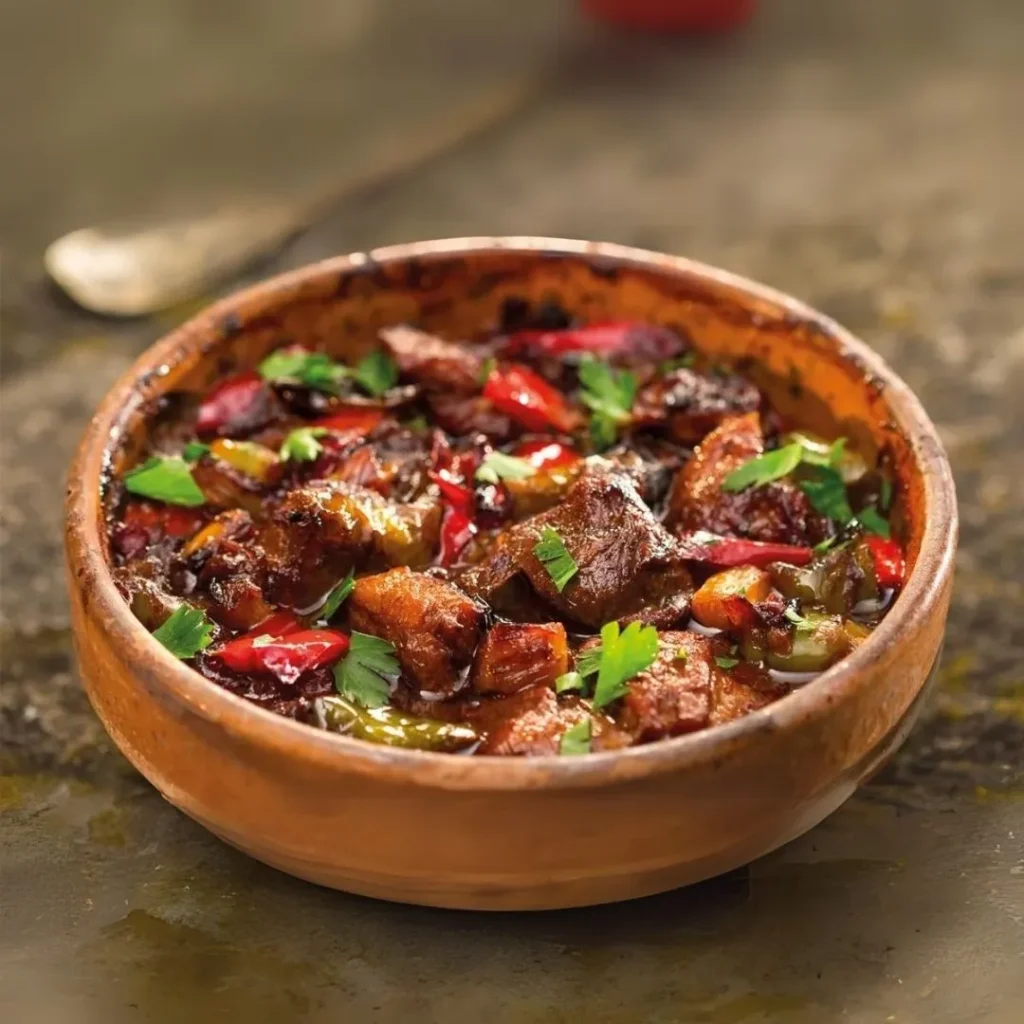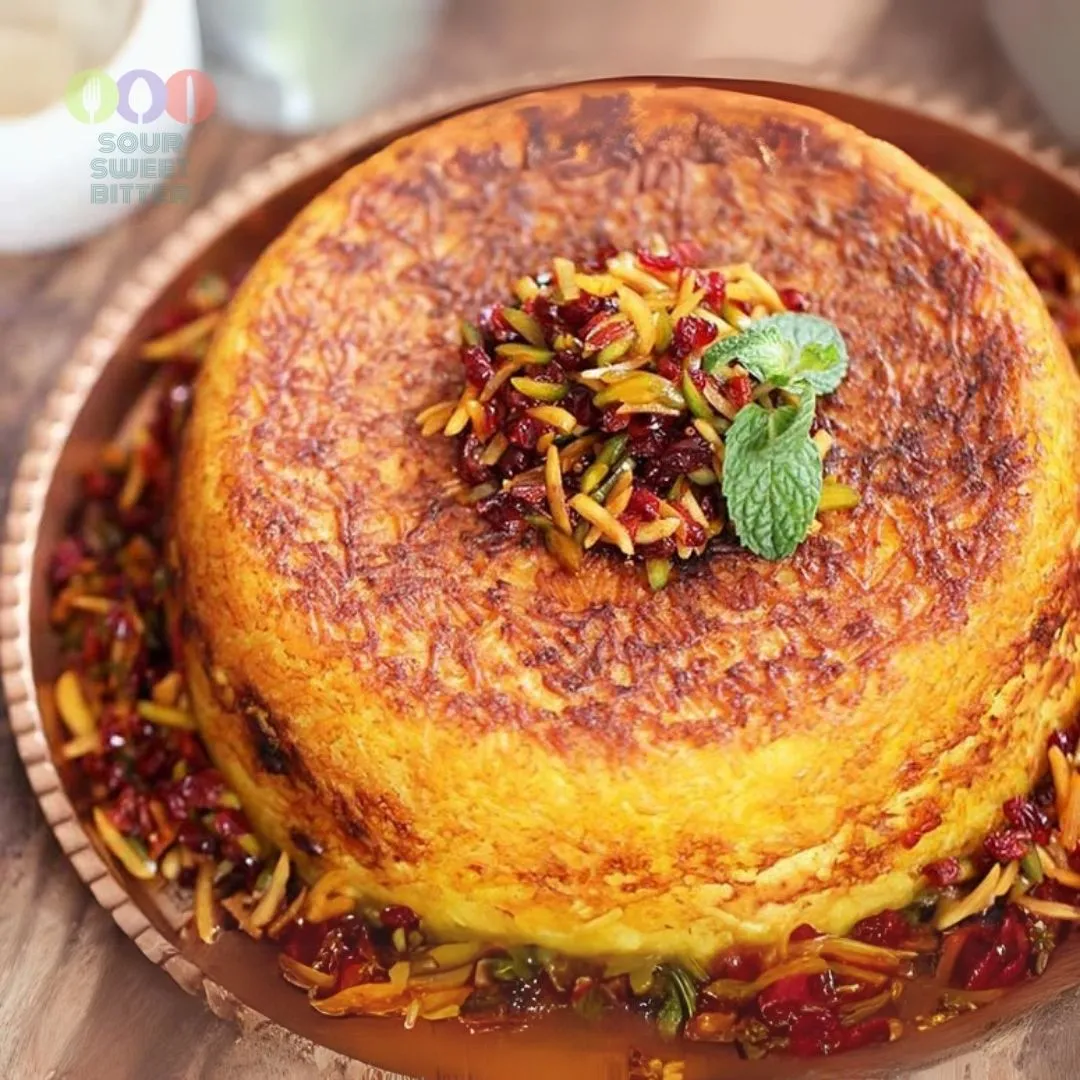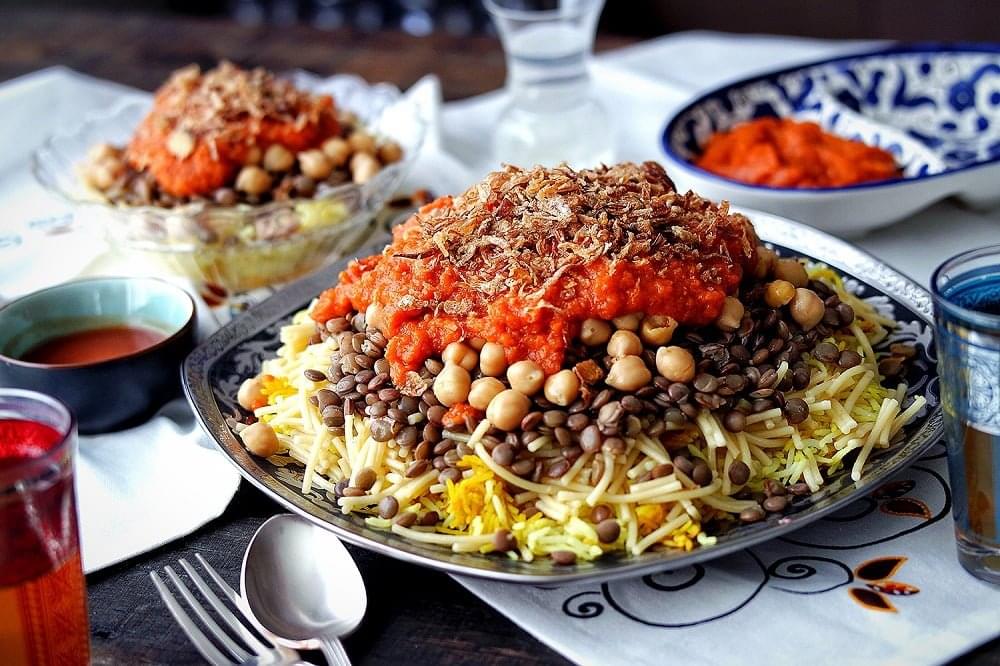The Timeless Legacy of Bulgarian Kavarma: A Culinary Journey Through History
A Taste Rooted in Bulgarian Soil
Bulgarian cooks trace Kavarma’s origins to the heart of the Balkans, where centuries of cultural exchange have shaped its culinary traditions. This hearty stew, renowned for its comforting flavors and rich aroma, emerged as a way to celebrate local ingredients and preserve food through the colder months.
The word “kavarma” itself is thought to derive from the Turkish word “kavurmak,” meaning “to fry” or “to sauté.” This linguistic connection hints at the Ottoman influence on Bulgarian cuisine, a hallmark of the region’s diverse culinary heritage.
A Feast of Flavors: What Makes Kavarma Unique?
Kavarma is not just a dish; it’s an experience that captures the essence of Bulgarian gastronomy. The stew typically features tender pieces of pork or chicken, simmered with onions, bell peppers, tomatoes, and a symphony of spices. Some regional variations include mushrooms or leeks, adding even more depth to the dish.
The secret to its unforgettable flavor lies in the slow-cooking process, allowing the ingredients to meld together, creating a harmonious balance of savory and sweet. This method also ensures that the meat remains succulent, practically melting in your mouth with every bite.
From Farm to Table: The Tradition of Cooking Kavarma
In traditional Bulgarian households, preparing kavarma is a communal activity, often reserved for special occasions or family gatherings. The dish is typically cooked in an earthenware pot called a gyuvech, which retains heat and enhances the flavors.
Kavarma also holds a special place in rural Bulgaria, where farmers and villagers rely on fresh, locally sourced ingredients. Seasonal vegetables and herbs from their own gardens infuse the dish with authenticity and a connection to the land.
Regional Variations: A Culinary Tour of Bulgaria
Kavarma takes on unique characteristics depending on the region where it’s prepared. In the Thracian Valley, for instance, wine is often added to the stew, lending a sophisticated depth. Coastal regions might incorporate seafood into the dish, reflecting the bounty of the Black Sea.
Each variation tells a story of local customs and resources, making kavarma a true representation of Bulgaria’s diverse cultural tapestry.
The Role in Bulgarian Celebrations
Kavarma is more than sustenance; it’s a symbol of hospitality and togetherness. During festive occasions such as Christmas or name days, families gather around the table to share this warm and hearty dish.
Its role in celebrations highlights the importance of food in Bulgarian culture, where every meal is an opportunity to strengthen bonds and create cherished memories.
A Sensory Delight
The best way to enjoy kavarma is with a side of crusty bread, perfect for soaking up the rich, flavorful sauce. Pair it with a glass of Bulgarian red wine, like Mavrud or Melnik, to elevate the dining experience.
Whether served in a rustic tavern or a modern restaurant, kavarma’s appeal lies in its ability to bring comfort and satisfaction to anyone who tastes it.
Preserving Tradition: The Future of Kavarma
As modern Bulgarian chefs embrace innovation, kavarma continues to evolve while staying true to its roots. Contemporary interpretations may experiment with new ingredients or presentation styles, but the soul of the dish remains intact.
Kavarma’s enduring popularity is a testament to its versatility and deep cultural significance, ensuring it remains a treasured part of Bulgarian cuisine for generations to come.
Discover Kavarma for Yourself: A Recipe for Connection
If you’ve never tasted kavarma, you’re missing out on a culinary masterpiece. Whether you visit Bulgaria or recreate the dish in your own kitchen, the flavors of kavarma promise to transport you to a land of rich traditions and warm hospitality.
Savor the timeless legacy of Bulgarian kavarma—a dish that is as much about history and heritage as it is about unforgettable flavor.
Discover Traditional Bulgarian Recipes Discover Traditional Recipes from Europe You may like this also: Russian Beef Stroganoff
Bulgarian Kavarma
Ingredients
Instructions
-
The meat is cut into cubes and fried until golden in the oil and butter. Remove.
-
The leek is cut into large rings and also fried in the dish until soft, together with the chopped garlic.
-
Add the diced peppers. Add the red pepper, savory and tomato concentrate. Pour in the wine, return the meat and let the wine evaporate slightly.
-
Transfer to a baking dish, pour in the broth, season with salt and pepper. Bake in a 200 degree oven, with a fan, for about 1 hour and 30 minutes.
-
The finished dish is served with chopped parsley.
-
Your traditional Kavarma is ready. Добър апетит!













